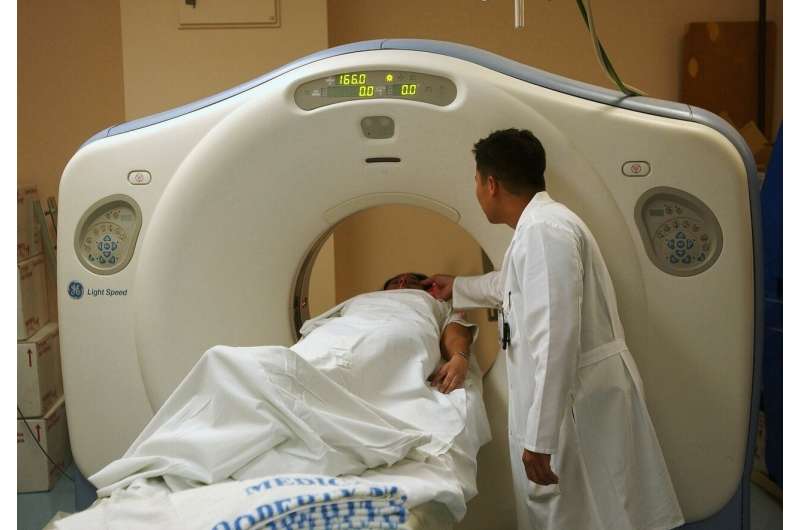Credit: Pixabay/CC0 Public Domain
COVID-19 remains a significant challenge the world over. Research in the International Journal of Computational Biology and Drug Design, discusses how X-ray images and CT (computerized tomography) scans can reveal much about the effects of the disease on a patient's lungs. However, the use of convolutional neural networks (CNN) can now be used to improve detection of the disease.
The standard tests for COVID-19 with which the general public have become rather familiar during the last two years—the so-called lateral flow antigen tests (LFT) and reverse transcriptase polymerase chain reaction (PCR) tests—have many several pros and cons. The LFT system was quickly developed into a portable test, not dissimilar to a pregnancy test kit.
LFTs have been made widely available to the public in many parts of the world and can be carried out at home quickly and easily. They allow anyone to determine whether or not they are infectious regardless of whether or not they have COVID-19 symptoms. While the LFTs are simple to use they can be prone to false negatives depending on how well the preparation is carried out and very rarely they can give a false positive. The PCR tests, on the other hand, are always carried out in a laboratory by trained professionals. PCR is more reliable than the LFT although can also susceptible to problems when an untrained individual carries out sample acquisition. However, PCR tests are known to give a fair proportion of false positives, which are not commonly seen with LFTs.
Either way, it is critical for healthcare professionals, treating patients with suspect COVID-19, to have a definitive diagnosis of the disease rather than relying on tests that have fairly wide error margins. X-ray images and CT scans could offer such a definitive diagnosis in the clinical context identifying the presence of patchy infiltrates or opacities that are associated with pneumonia caused by the virus. An automated approach to analyzing such images could speed up the diagnostic process and preclude false positives and negatives with these diagnostics.
More information: Kewal Mehta et al, Detection of COVID-19 virus using deep learning, International Journal of Computational Biology and Drug Design (2022). DOI: 10.1504/IJCBDD.2021.121619
Provided by Inderscience
























